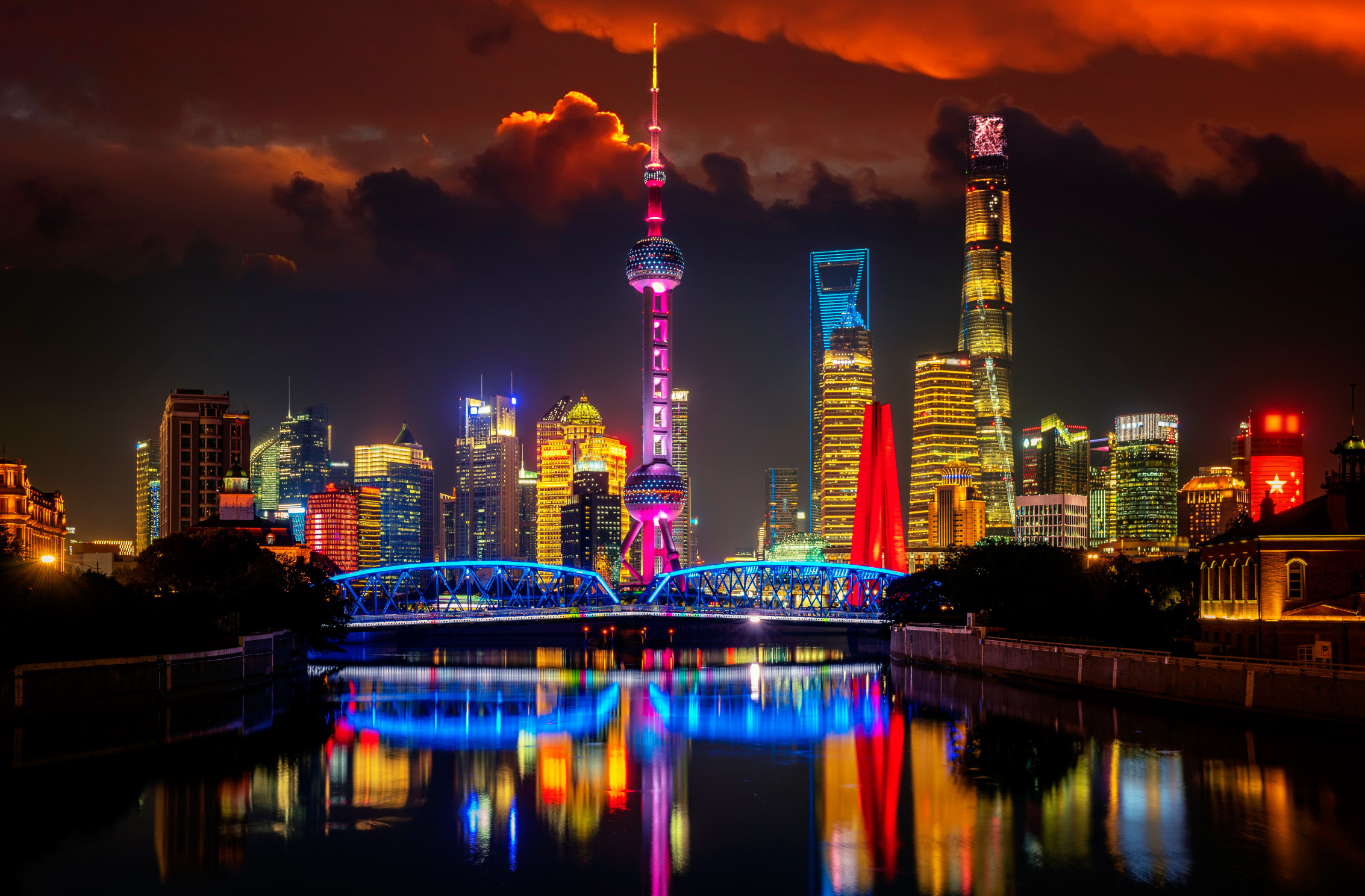China is a land where ancient tradition meets cutting-edge innovation, and nowhere is this more evident than in its rapidly developing urban centers. Cities like Shanghai and Shenzhen have transformed into global hubs that showcase the country’s leap into the future. With towering skyscrapers, groundbreaking technology, and a vibrant blend of old and new, these cities offer visitors a glimpse into China’s vision of tomorrow.
1. Shanghai: The City of the Future

Shanghai, often referred to as the “Paris of the East,” is a city that perfectly balances tradition and modernity. Its skyline is dominated by iconic skyscrapers like the Shanghai Tower, the second tallest building in the world, and the futuristic Oriental Pearl Tower. Walking along the Bund, visitors can admire both the colonial-era architecture on one side of the river and the gleaming skyscrapers of Pudong on the other.
Shanghai isn’t just about its skyline. The city is also a leader in innovation. From autonomous vehicles to smart city infrastructure, Shanghai is at the forefront of technological advancements. Visitors can experience this modernity firsthand by visiting Xintiandi, a high-tech shopping and dining district, or taking a ride on the Maglev train, the world’s fastest commercial train, which travels at a speed of up to 430 km/h.
2. Shenzhen: China’s Silicon Valley

Shenzhen, located just across the border from Hong Kong, has undergone a radical transformation over the past few decades. Once a small fishing village, it is now known as China’s Silicon Valley and is home to some of the world’s leading tech companies, including Huawei and Tencent. Its skyline is constantly evolving, with new skyscrapers being built at a record pace, including the striking Ping An Finance Centre, one of the tallest buildings in the world.
Shenzhen is a city that thrives on innovation. It was the first city in China to adopt an all-electric bus fleet, and its Futian District is a hub for tech start-ups and innovation labs. The city is also famous for its blend of urban development and green spaces. Shenzhen Bay Park and Lianhua Mountain Park offer stunning views of the city’s skyline while providing an oasis of nature amidst the urban sprawl.
3. A Blend of Tradition and Innovation
While these cities are at the cutting edge of modern architecture and technology, they also preserve and celebrate their cultural heritage. In Shanghai, visitors can stroll through the serene Yuyuan Garden, a traditional Chinese garden that dates back to the Ming Dynasty, or visit the Jade Buddha Temple, a spiritual retreat in the heart of the bustling metropolis.
In Shenzhen, Dafen Oil Painting Village allows visitors to see a more artistic side of the city, where local artists recreate famous artworks or produce original pieces. It’s a reminder that even in the most futuristic cities, China’s deep connection to its cultural roots remains strong.
These futuristic cities are not just a symbol of China’s rapid growth but also a testament to how the country has managed to harmoniously blend the past with the future. For tourists, visiting cities like Shanghai and Shenzhen offers a window into a dynamic and ever-evolving nation that is shaping the future of urban living.
